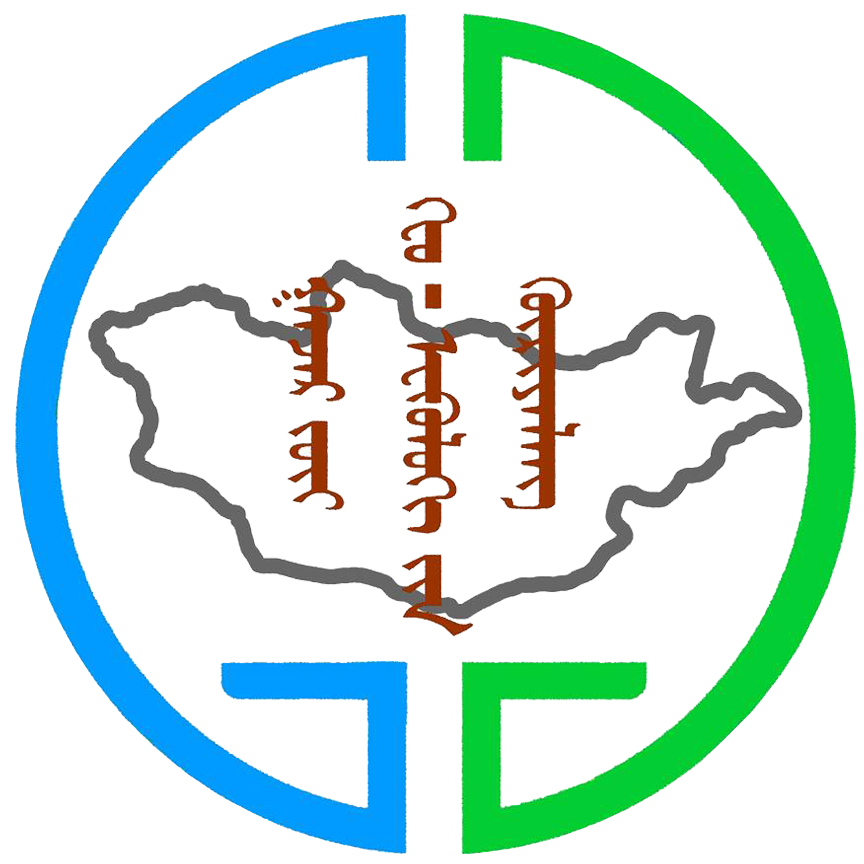Valley-scale hydrogeomorphology drives river ...
Abstract River hydrogeomorphology is a major driver shaping biodiversity and community composition. Here, we examine how hydrogeomorphic heterogeneity expressed by Functional Process Zones (FPZs) in river networks is associated with fish assemblage variation. We examined this association in two distinct ecoregions in Mongolia expected to display different gradients of river network hydrogeomorphic heterogeneity. We delineated FPZs by extracting valley-scale hydrogeomorphic variables at 10 km sample intervals in forest steppe (FS) and in grassland (G) river networks. We sampled fish assemblages and examined variation associated with changes in gradients of hydrogeomorphology as expressed by the FPZs. Thus, we examined assemblage variation as patterns of occurrence-and abundance-based beta diversities for the taxonomic composition of assemblages and as functional beta diversity. Overall, we delineated 5 and 6 FPZs in river networks of the FS and G, respectively. Eight fish species were found in the FS river network and seventeen in the G, four of them common to both ecoregions. Functional richness was correspondingly higher in the G river network. Variation in the taxonomic composition of assemblages was driven by species turnover and was only significant in the G river network. Abundance-based taxonomic variation was significant in river networks of both ecoregions, while the functional beta diversity results were inconclusive. We show that valley-scale hydrogeomorphology is a significant driver of variation in fish assemblages at a macrosystem scale. Both changes in the composition of fish assemblages and the carrying capacity of the river network were driven by valley-scale hydrogeomorphic variables. River network hydrogeomorphology as accounted for in the study has, therefore, the potential to inform macrosystem scale community ecology research and conservation efforts.
Additional Information
| Field | Value |
|---|---|
| Data last updated | April 17, 2021 |
| Metadata last updated | April 17, 2021 |
| Created | April 17, 2021 |
| Format | application/pdf |
| License | Бусад (Нээлттэй) |
| created | over 4 years ago |
| format | |
| has views | True |
| id | 3a12d2de-6716-40fa-a7a4-a90ce6750618 |
| last modified | over 4 years ago |
| mimetype | application/pdf |
| on same domain | True |
| package id | 7740791d-1551-43d9-a78b-76bec55712d7 |
| revision id | df12a630-88e9-4d53-aa4e-97c7156fd35e |
| size | 1.2 MiB |
| state | active |
| url type | upload |
